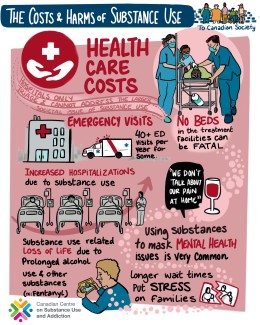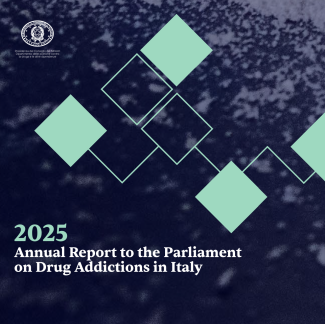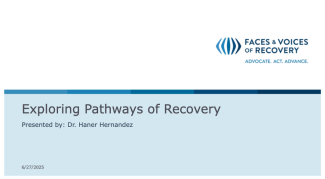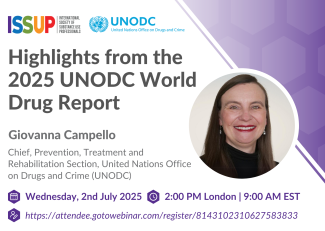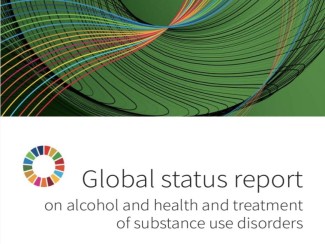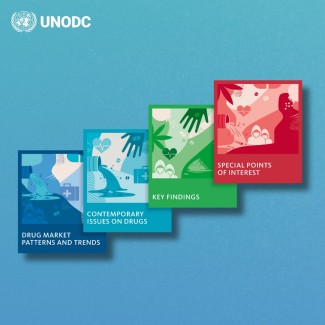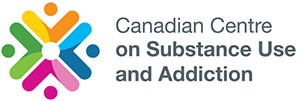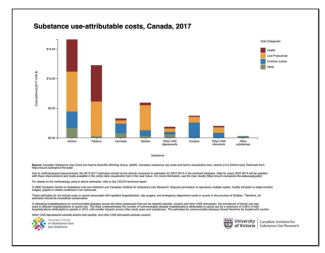ESPAD Report 2024
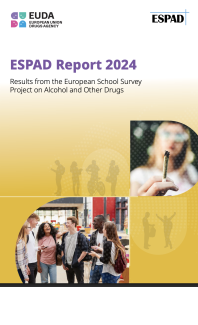
The ESPAD report presents the results of the eighth data-collection wave, which took place in 2024, and marks an impressive 30 years of data collection by this long-standing collaboration. More than 113 000 15- to 16-year-old students from 37 countries, including 25 EU Member States, took part. Since 1995, over 800 000 students have contributed, making ESPAD the most extensive harmonised data collection on substance use and risk behaviours in Europe, and the largest cross- national research project on adolescent substance use worldwide.
